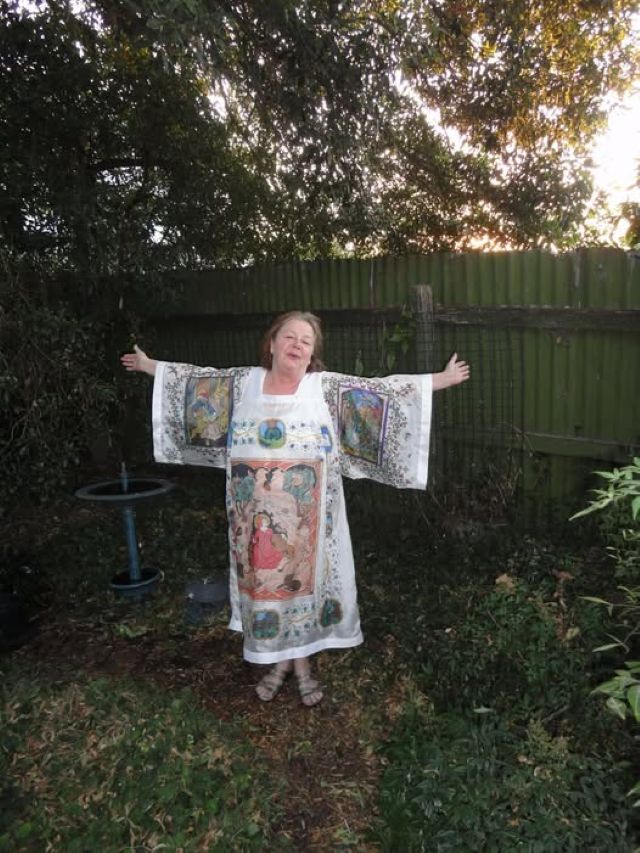In an exclusive interview with Maribyrnong Weekly, Planning Minister Matthew Guy says the days of heavy state government investment in activities centres such as Footscray are over.
Q. The previous Labor government committed about $50 million to the revitalisation of Footscray from 2007 to now. What commitment is there from the current government to continue this investment?
A. The one thing about this activities area, the previous government has obviously put a bit of money through some pre-works infrastructure that has taken place. The RRL will see a rebuild; we’ve put quite a bit more money in – about $500 million more – that will see the rebuild of Footscray station itself. So you will see redevelopment around the station. Obviously the next stage is to get private sector investment, which is why it’s so positive to see this investment taking off today. So the good thing about central activities area development in Footscray is that it spans two governments, the Labor party and now the Coalition, and we both have had a commitment to rebuilding. There’s obviously been a very strong commitment from governments to see Footscray redevelop into the future.
Q. What investment will the government make beyond Regional Rail Link?
A. The key thing we need to do now is to start to incentivise private sector investment. The suburb needs to start to bring those attractions to get the private sector like this project to actually start to build in Footscray. I’ve approved as you know one of the private tower apartments up the road [in the Joseph Road precinct] which has been positively received in the industry so they can actually get on with the job of building some residential base to the activities area. So you will see in the next decade a change and this is a greater number of people and a greater number of jobs centred in and around Footscray. So I’ve got a huge faith in the future of central Footscray because there will be a greater population base and there will be that greater level of jobs so I see it’s got a huge potential.
Q. So shifting responsibilities to the private sector?
A. No – this is the thing about urban renewal. The idea that urban renewal should be paid for entirely by the state is a 1960s idea of urban renewal. Government’s need to incentivise the private sector to be a part of it. It’s happened with the previous government, it’s happening with this government. The state doesn’t have the money nor the availability of capital, nor the desire, to pay for residential towers in every activities area. There’s 80 major activities centres, five or six central activities centres. We don’t have the capital to do that, that’s why we’ve got to get the private sector involved.
Q. You mentioned the 25-storey tower in the Joseph Road precinct and your department is now considering a 31-story tower. What stage has that reached?
A. It’s still in discussion between the [Department of Planning and Community Development] and the council.
Q. It’s not been well received by Maribyrnong Council due to overshadowing and other issues. Is that something you will be taking on board?
A. Six storeys won’t have a major effect. What I want to do is make sure that the council are comfortable with what we put through for that location.
Q. You talked about the private sector being the source of improvements in Footscray, but developers do not necessarily have incentives to build community facilities into their project – what can the government do in that situation?
A. Part of the permit conditions can make it very clear about what the state also sees as a development contribution back into an activities area; that is one of the points that was touched on with the council.
Q. Projects like this are bringing thousands of new residents and workers to Footscray, but projects such as Regional Rail Link mean the suburb will have 300-400 fewer parking spaces. How will you address the flow-on effect on local traders?
A. We just released a car-parking report which has been sitting around for seven years. We’ve contemporised it and released it. That gives councils a lot of direction about car parking requirements. I want to set those requirements in and around activities areas. Obviously we’re trying to move residential development to a more public transport friendly era so there’s not a total reliance on cars, but you do need to have adequate car spaces, we can’t ignore that and that’s what the car parking report is there to address. It gives councils an indication about what is expected.
Q. What is happening with the redevelopment of the former Binks Ford site near the railway station?
A. I can’t give you an update on that at the moment. There’s still discussions taking place, I think it’s still some time away.
Q. What would you like to see in that area?
A. What we’re seeing around central Footscray – urban renewal, complete change in the way central Footscray is used and starting to place Footscray on the map as one of the key inner-city growth areas in Melbourne. It’s got huge potential; council’s recognised that, a number of governments are recognising that and I think it’s great to see it actually change. [The Binks site] can be a just another part of the jigsaw of rebuilding the activities area.
Q. Given Footscray is becoming part of the inner-city, and with cycling a rapidly growing part of the transport mix, what can we do about connectivity with the CBD and fixing Shepherd Bridge?
A. Cycling is obviously with the transport minister, I’ve made a number of announcements – about $2.5 million in bike paths in the past few months alone, and we’ve got some more to come.
Q. Will Shepherd Bridge feature as part of that?
A. I can’t give you a guarantee but I’m happy to have a conversation.
Q. Can you give a timeline for that?
A. In the next few months.






